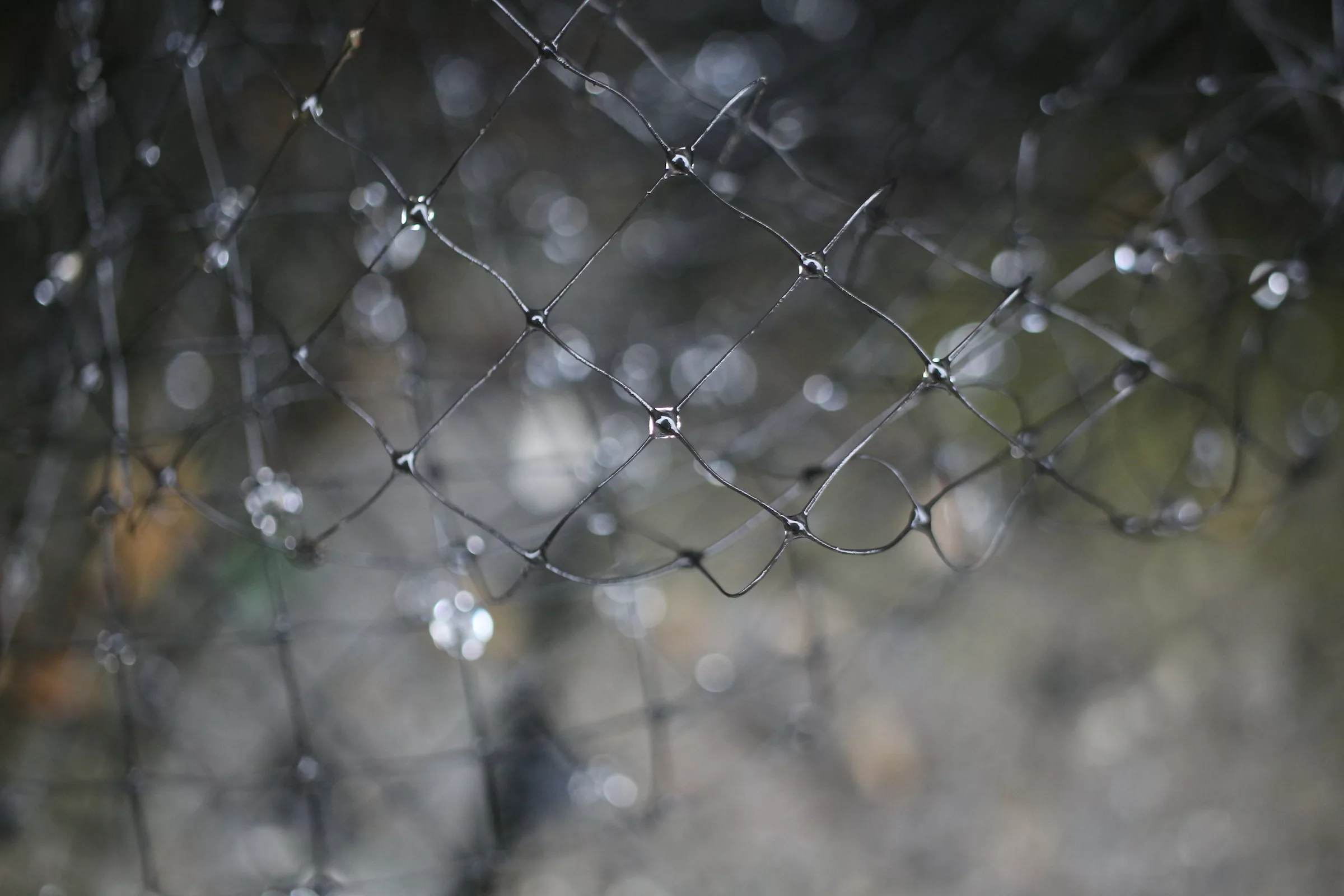Pest control is essential for maintaining a healthy garden, without which, our plants may not achieve their full potential. However, many gardeners today are seeking alternatives to chemical pesticides. By utilizing physical barriers and traps, we can create an eco-friendly space, protecting our plants while maintaining a relaxed and enjoyable gardening experience.
In this article, you’ll learn about various pest control methods using physical barriers and traps. From floating row covers to insect netting, you’ll soon realize that effective pest control can come without resorting to harsh chemicals.
Types of Physical Barriers and Traps
- Floating Row Covers: Lightweight fabric that is placed directly over crops, providing a barrier between pests and plants while still allowing sunlight, air, and water to penetrate. These covers work well against pests such as aphids, flea beetles, and cabbage moths.
- Insect Netting: Similar to floating row covers, insect netting can be draped over plants or stretched over frames to create a physical barrier. This technique is particularly effective at keeping pests, like bugs and birds, from accessing fruit, vegetables, and flowers.
- Sticky Traps: Coated with a non-toxic adhesive, sticky traps are designed to catch pests such as aphids, whiteflies, and fungus gnats. Available in various shapes and colors, placing them near your plants can help monitor and control infestations.
- Bird Netting: A mesh-like material used to prevent birds from accessing and consuming your crops. Bird netting can be draped over plants or attached to a structure, like a frame, to form a barrier.
- Slug Traps: Create simple and effective traps for slugs by filling shallow containers with beer or a yeast-water mixture. The slugs will be attracted to the smell and fall into the container, keeping them away from your plants.
Tips for Deploying Physical Barriers and Traps
- Choose the Right Barrier: Each pest has its own unique traits. Pick the appropriate barrier or trap according to the specific pests you’re dealing with in your garden.
- Mind the Timing: Barriers are most effective when used during critical growth stages of your plants, usually when they are young and vulnerable to pests. Keep track of your plant’s life cycle to determine the best time to install the barriers.
- Maintenance: Regularly inspect your physical barriers and traps, clean them as necessary, and replace them when they become less effective. This will ensure the longevity of your pest control efforts.
- Monitor: Keep an eye on your garden’s pest population. It’s essential to frequently check for signs of infestation so that you can take appropriate action when needed.
By incorporating the use of physical barriers and traps in your garden, you’ll be able to keep pests at bay without relying on chemical pesticides. This approach to pest control leads to a healthier garden environment, resulting in a more enjoyable, eco-friendly gardening experience.
Join Our Gardening Newsletter for More Tips
If you enjoyed reading this, don’t hesitate to subscribe to our newsletter for a wealth of gardening knowledge and insights. Stay up-to-date on the latest gardening trends, tips, and know-how, and make your green thumb even greener.



